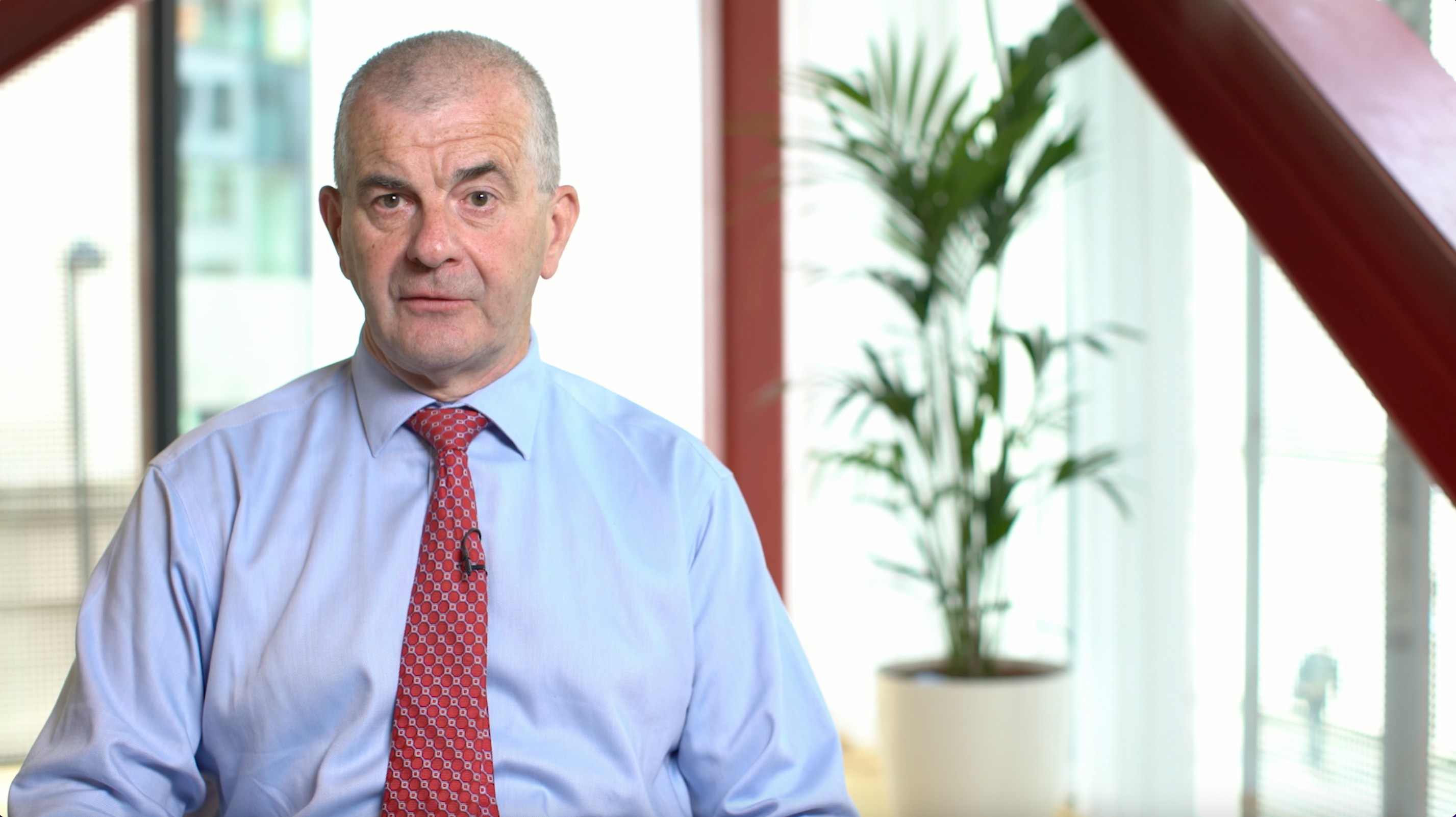
Irish Bank Recapitalisations

Michael Torpey
30 years: Treasury & banking
Michael outlines the capital injections made by the Irish state in an attempt to save some of the country's biggest banks, including Anglo Irish Bank, Allied Irish Banks and Bank of Ireland.
Michael outlines the capital injections made by the Irish state in an attempt to save some of the country's biggest banks, including Anglo Irish Bank, Allied Irish Banks and Bank of Ireland.
Subscribe to watch
Access this and all of the content on our platform by signing up for a 7-day free trial.

Irish Bank Recapitalisations
7 mins 37 secs
Key learning objectives:
Define Bank Recapitalisation
Explain the atmosphere leading up to the crisis
Discuss whether banks anticipated the scale of the problem incoming
Highlight the actions taken by organisations to tackle the Financial Crisis
Overview:
Bank Recapitalisation essentially involves providing banks with new capital. In 2010, Irish banks found themselves needing huge sums of capital to shore up their balance sheets. However, the slow and gradual emergence of the crisis meant even experts were imperceptive to the much larger scale of capital required.
Subscribe to watch
Access this and all of the content on our platform by signing up for a 7-day free trial.
What is Bank Recapitalisation?
Bank recapitalisation involves a restructuring of a bank’s debt-equity ratio to ensure they have more capital. By doing so, improving the state of their balance sheet and protecting against insolvency.
Did the banks anticipate the extent of the Financial Crisis?
In 2008, a detailed report stated: even in stress scenarios, the capital levels in the covered institutions will remain above regulatory levels up to 2011. This strongly suggests that as late as November 2008, none of the Finance Ministry, the Financial Regulator or the external experts were even remotely close to grasping the scale of the unfolding crisis. Also, the AIB and Bank of Ireland resisted the suggestion that they needed fresh capital in December 2008 by rejecting a €2bn investment in preference shares each so suggesting that they were unaware.
Due diligence undertaken by major accountancy firms in Ireland in March 2009 projected the bank’s Tier One capital would be above 4% at the end of 2011. Thus, it is clear the emergence was a shock. It was not until 2010 when capital ratios were increased to 8% the situation became apparent.
What actions were taken in 2009 to tackle the issue?
Banks themselves generated €15-16bn of capital through their ‘Liability Management Exercises.’ These were essentially deeply-discounted buy-backs of legacy subordinated debt of the banks.
In December 2008, the Government announced there would be a €1.5bn investment in preference shares of Anglo-Irish Bank and €2bn in AIB and Bank of Ireland. However, the proposed recapitalisation of Anglo-Irish Bank was abandoned and taken into public ownership. The capital injections to AIB and BOI increased to £3.5bn each.
Through 2009, the State invested a further €4bn of capital in Anglo-Irish Bank to maintain minimum regulatory capital ratios. All injections mentioned above were provided in cash or through the States National Pensions Reserve Fund. By the end of 2009, the State had provided €11bn of capital support.
In what form was capital support post-2009?
In 2010 the State provided a further €35bn of capital into banks. Thus, by the end of 2010, the total was €46bn.
The bulk of Irish State’s support came through Promissory Notes, IOUs that could be pledged with the Central Bank against emergency liquidity borrowings. Over €30bn of such Promissory notes were provided to Anglo-Irish Bank and INBS. In 2011, part of the ‘Troika Programme’ the capital had to be injected in cash, not the deferred consideration that Promissory Notes amounted to.
Overall €64bn was provided by the Irish State. However, in total, the banks needed in the region of €80bn additional capital.
Subscribe to watch
Access this and all of the content on our platform by signing up for a 7-day free trial.

Michael Torpey
There are no available Videos from "Michael Torpey"



























